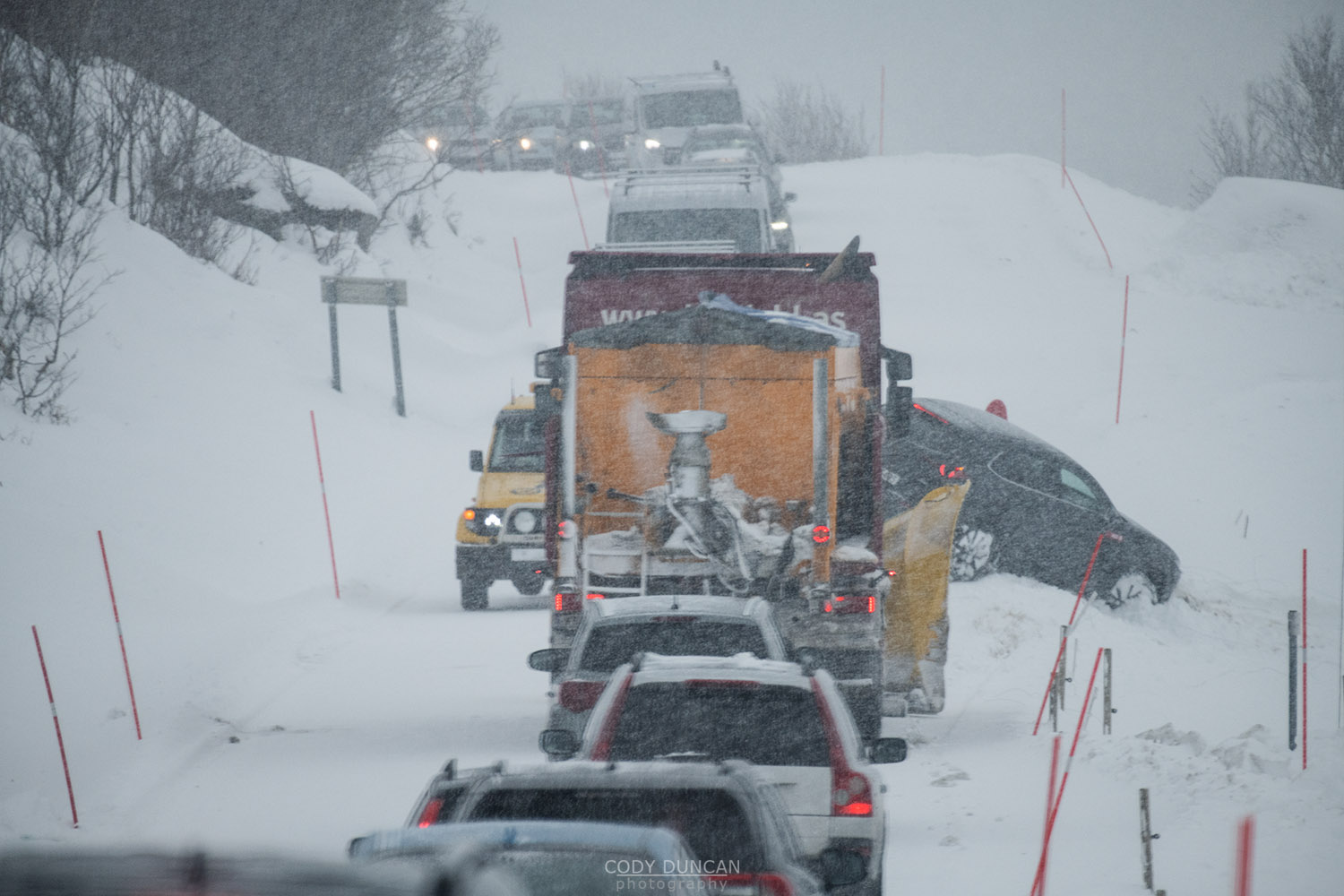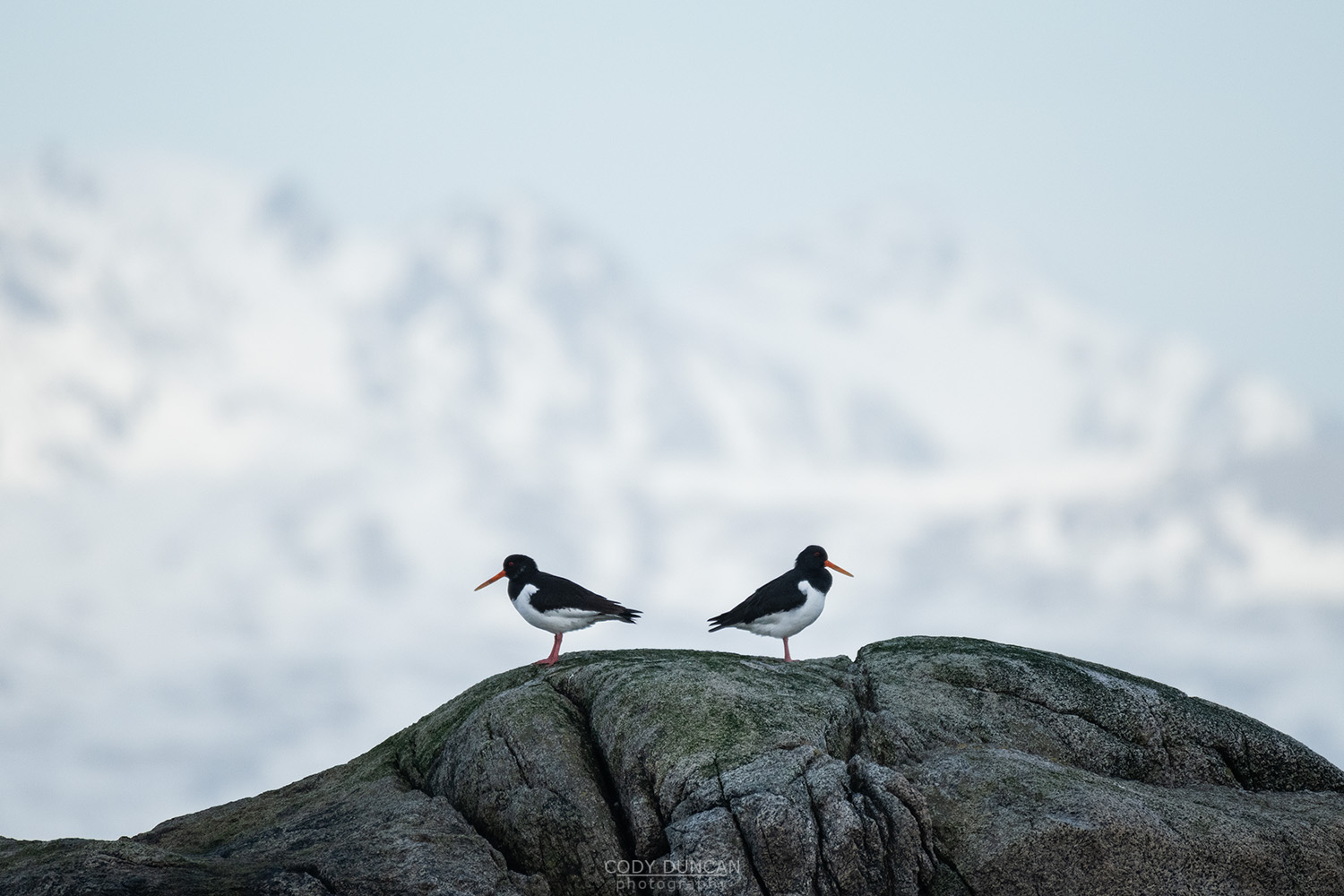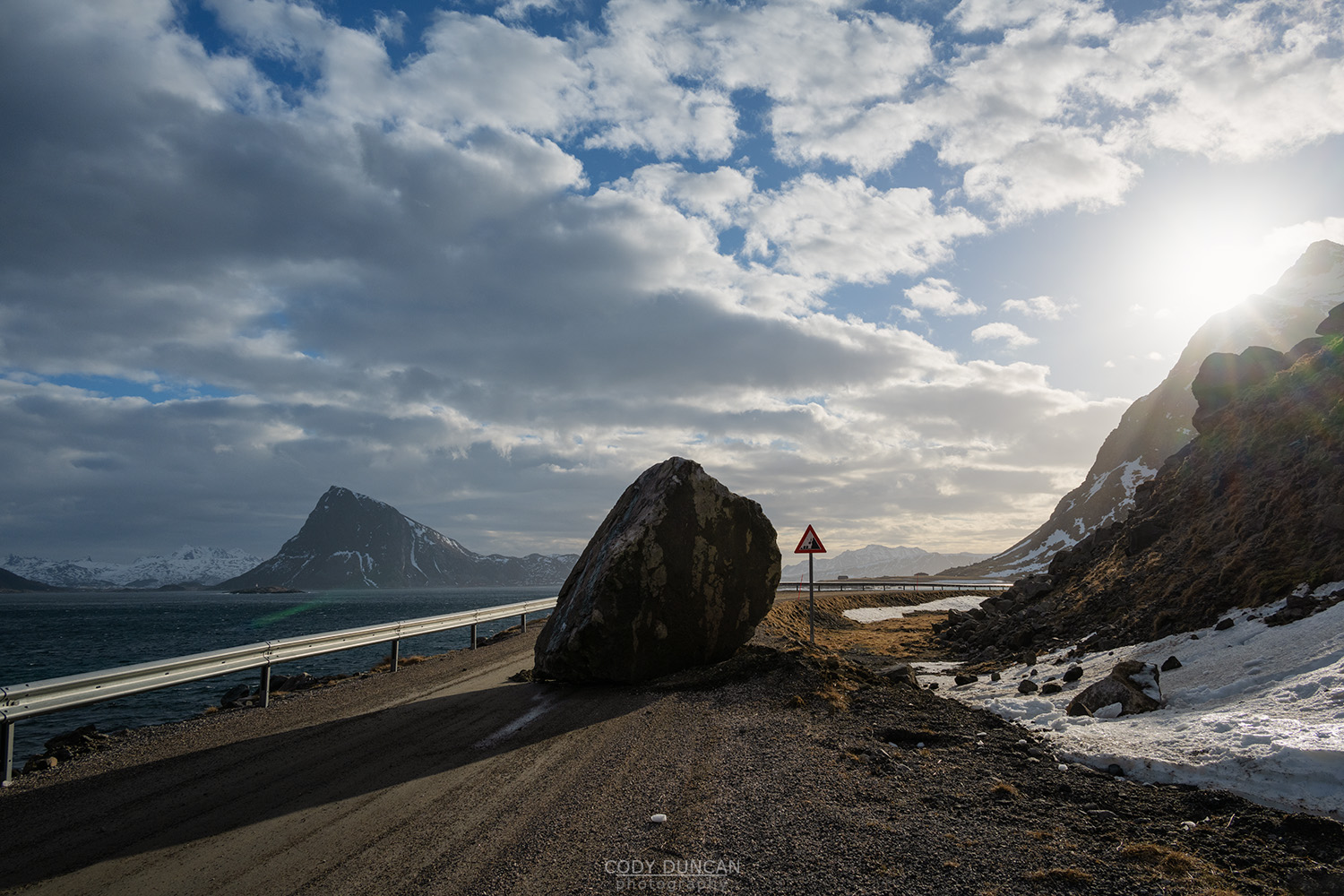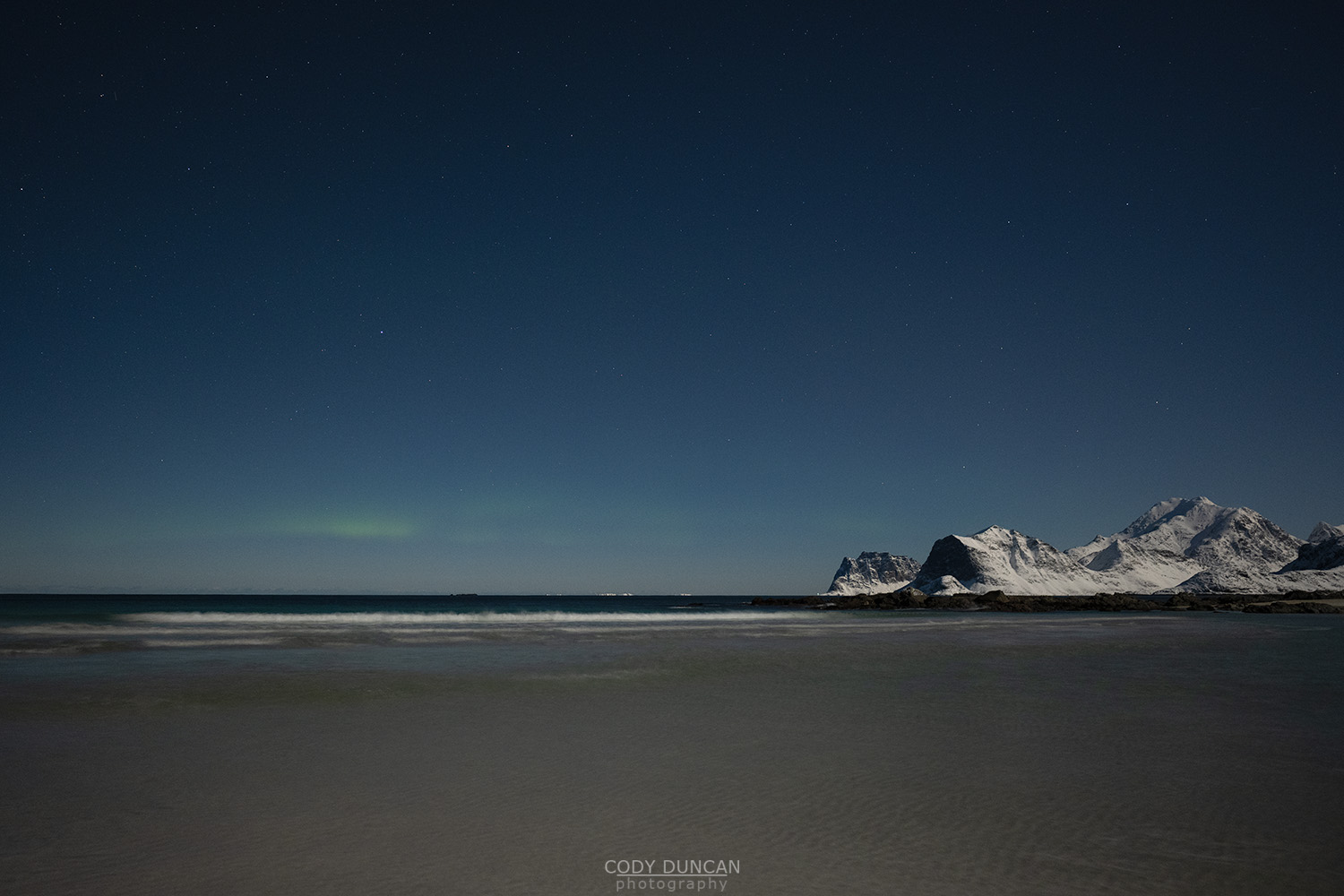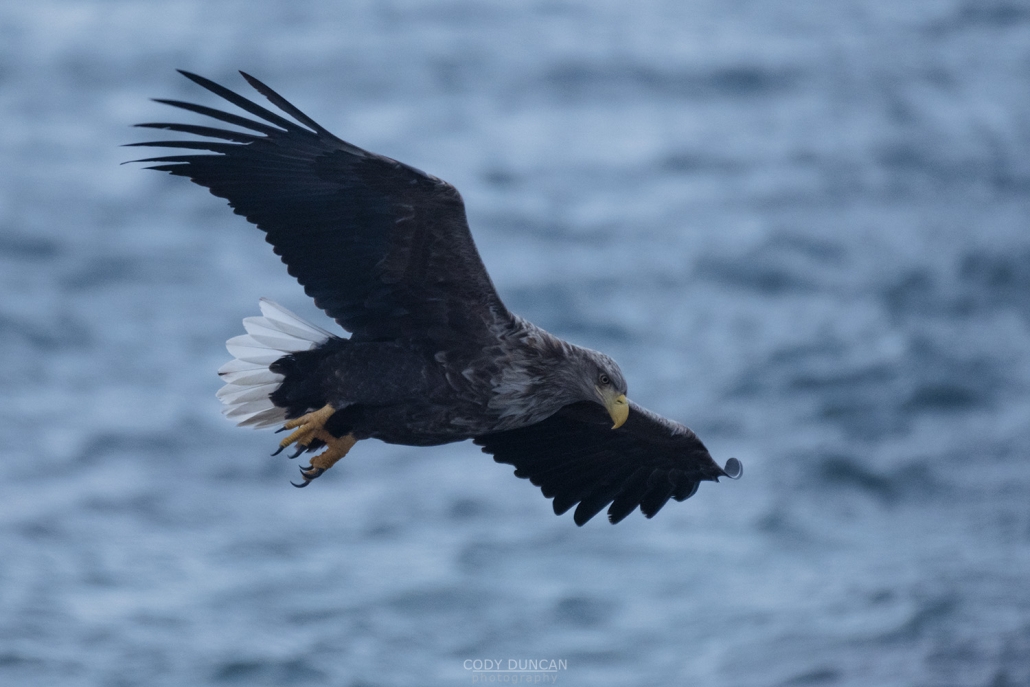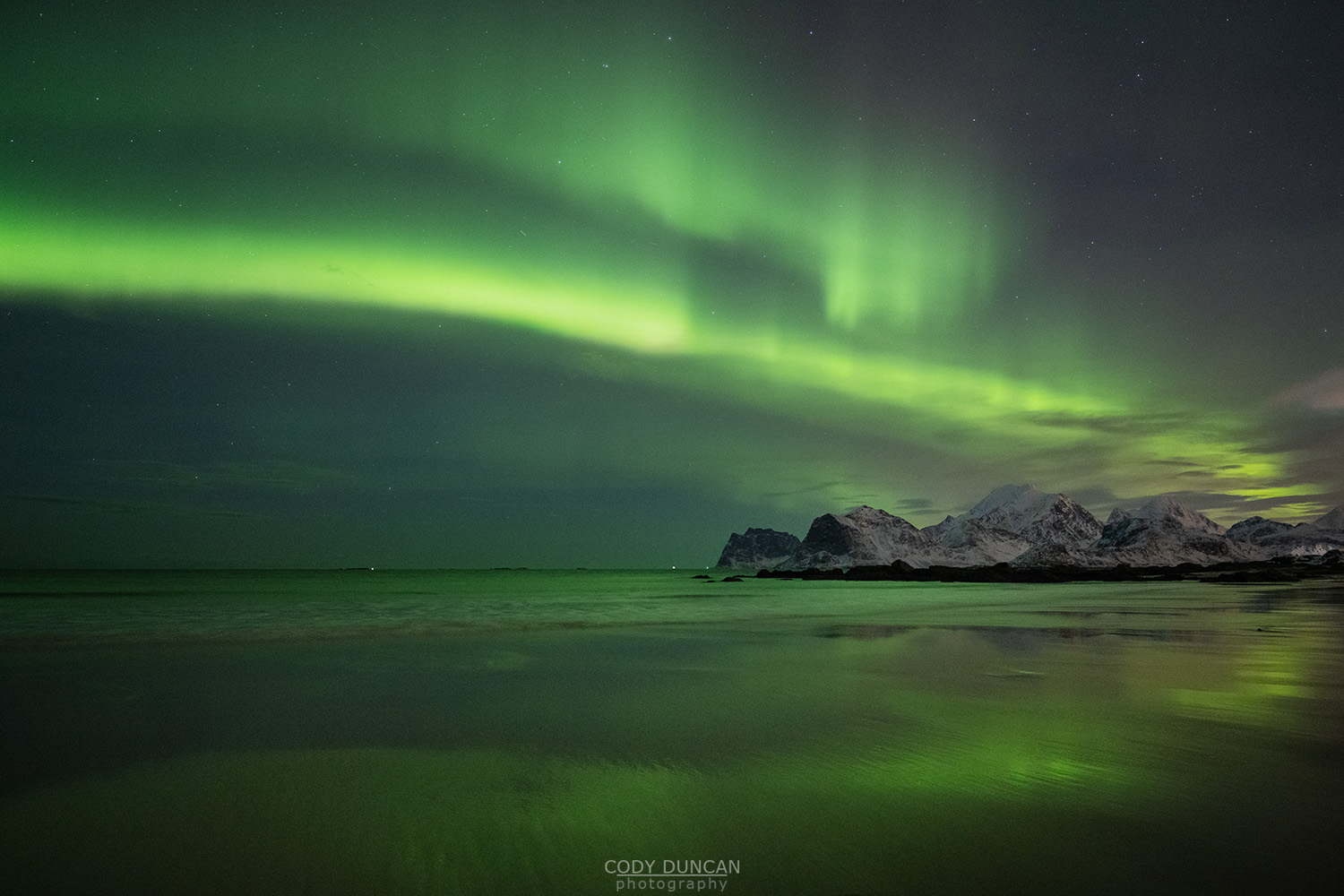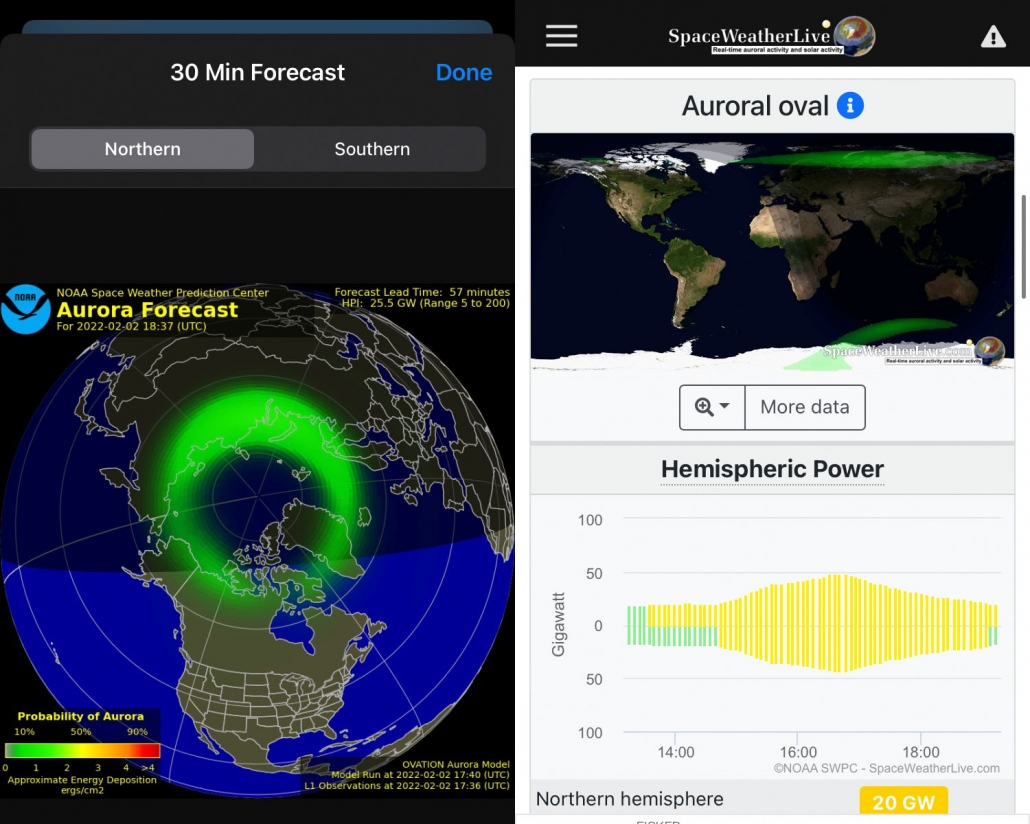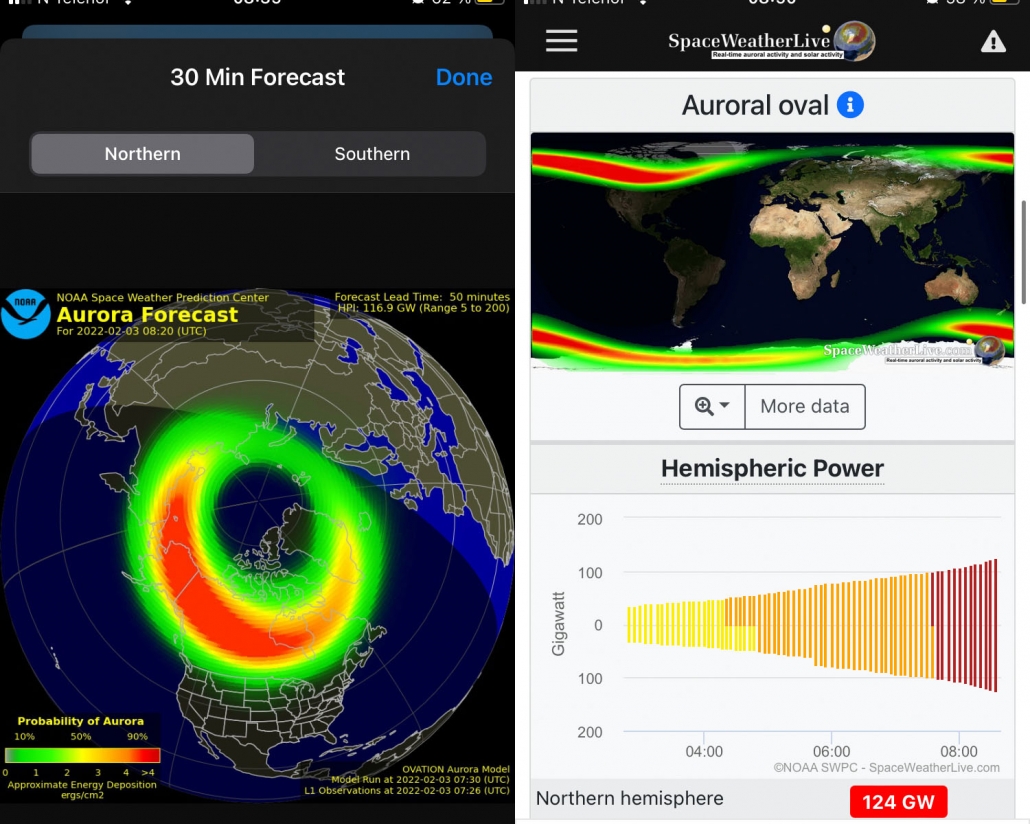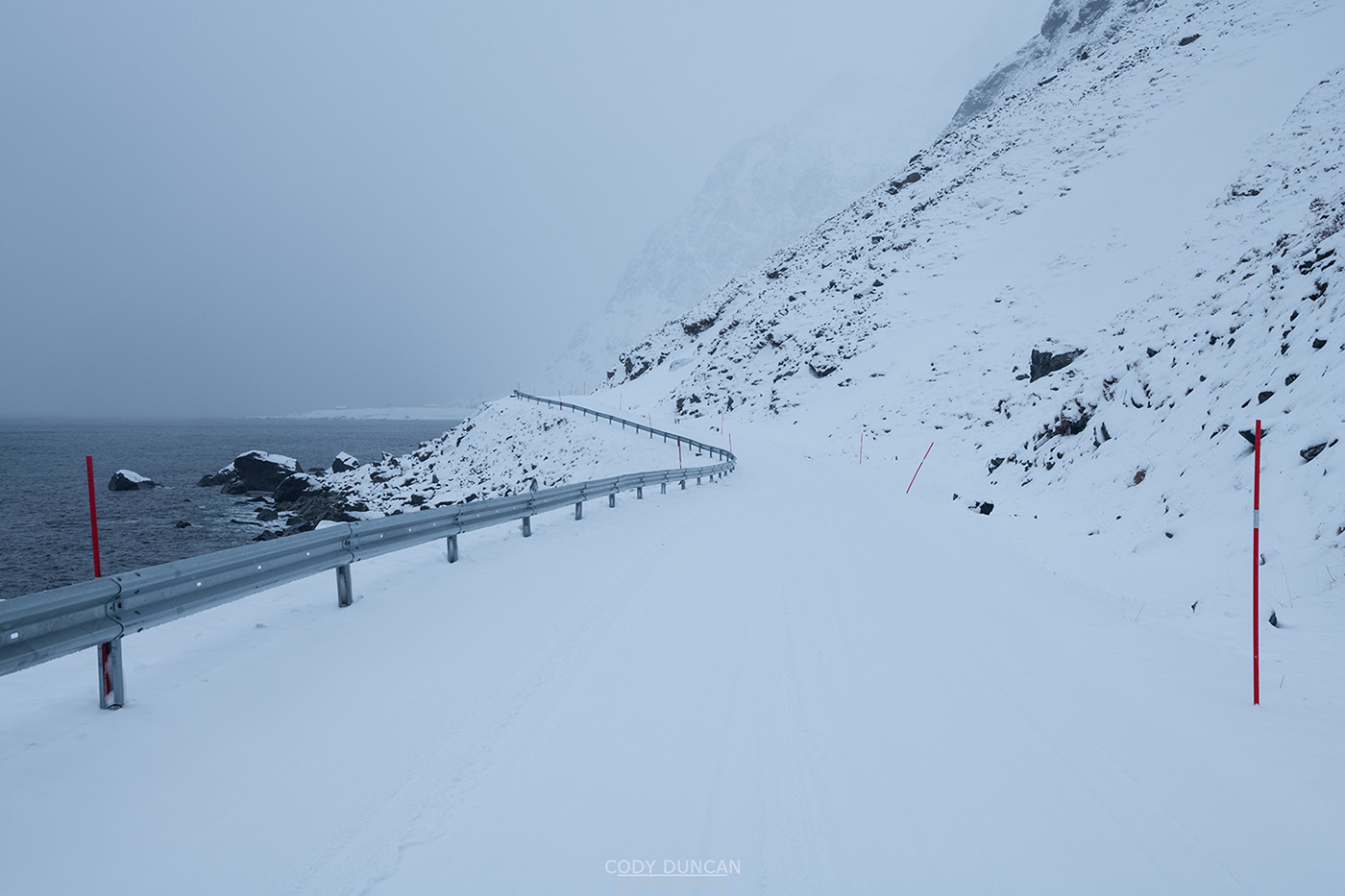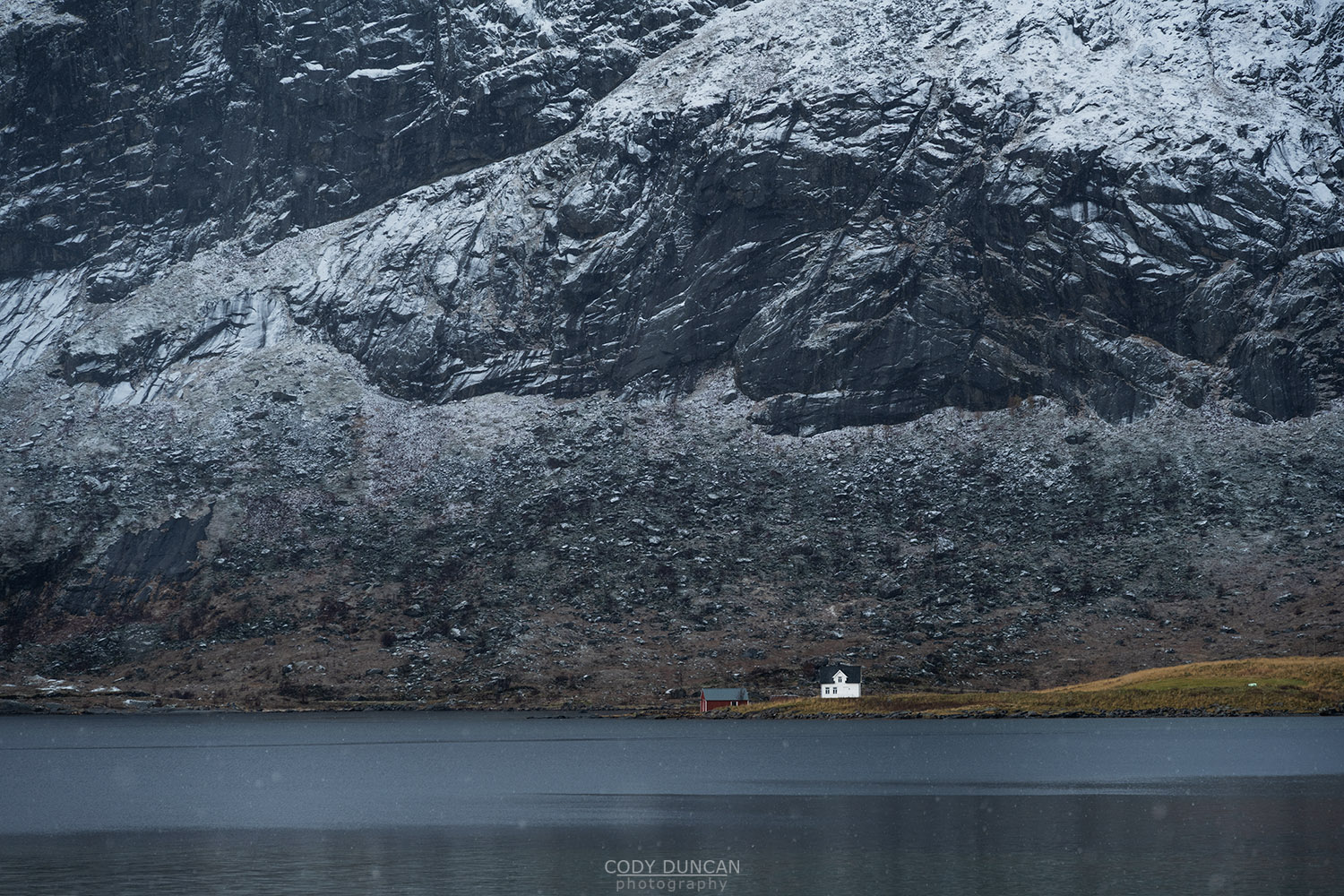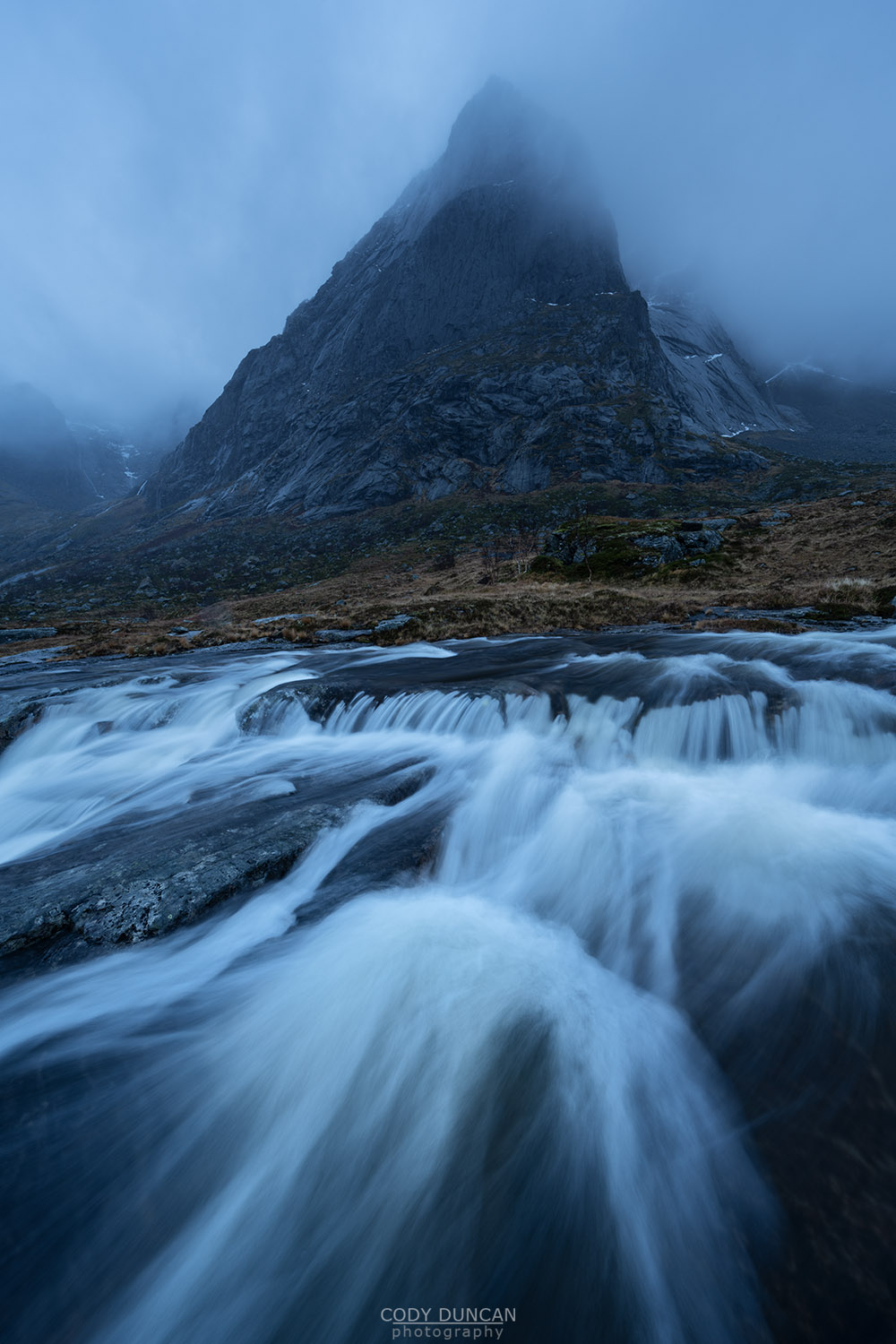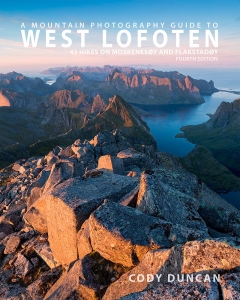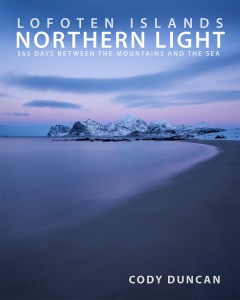Friday Photo #483 – Aurora Season Ending
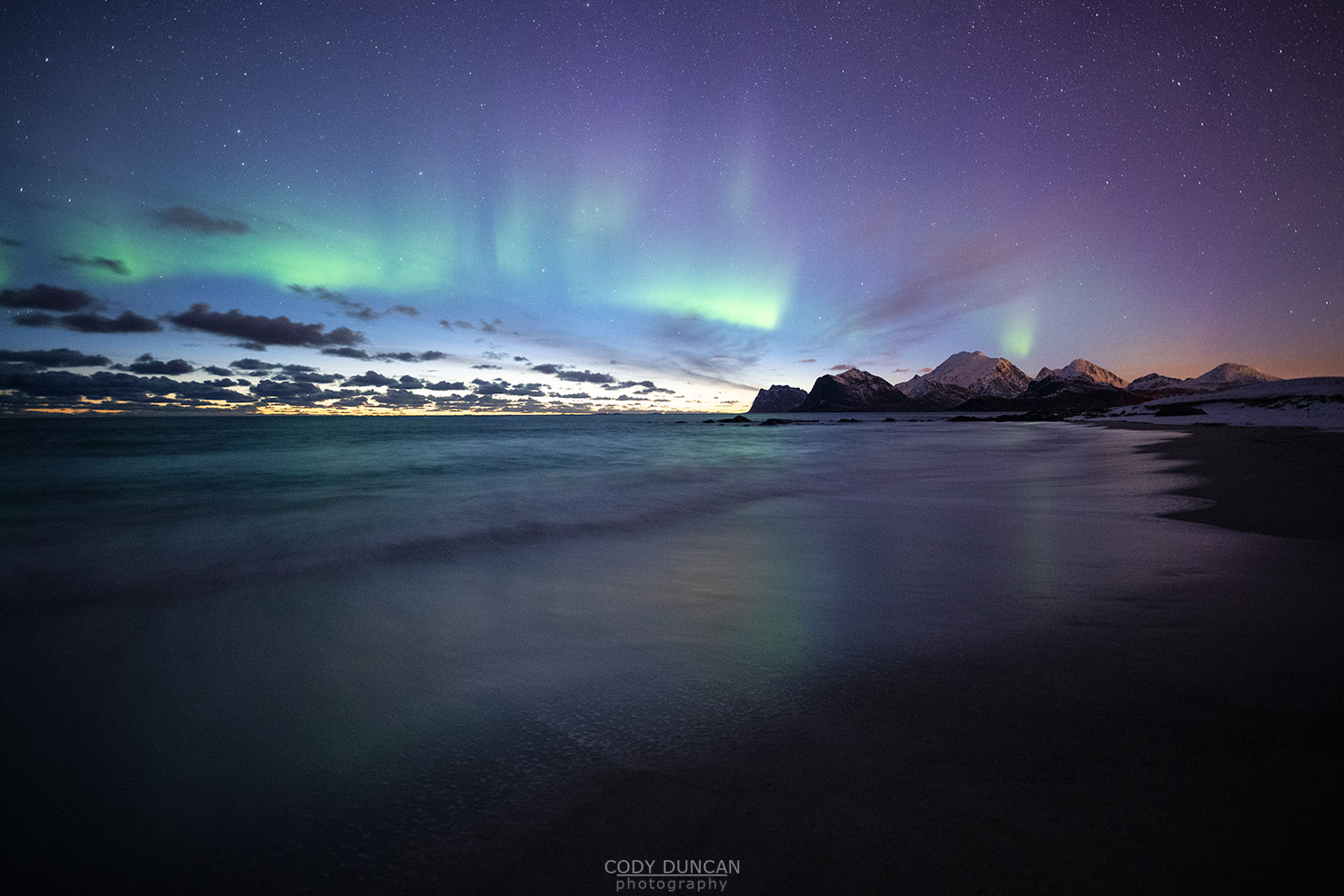
Photo: April northern light shine over glowing northern horizon in final days of aurora season, Flakstadøy, Lofoten Islands, Norway. April 10, 2021. 01:06
With the ever lightening nighttime sky of April comes the inevitable end of Lofoten’s aurora season. Last year (Friday Photo #433) brought a fantastic finale to the season with 5 consecutive nights of dancing northern lights, including the latest aurora I’ve seen, occurring on the night of April 19/20.
What this year will bring, I don’t know yet. There is still time for a little more, but once April arrives, the sun seems to go into hyperdrive and the night time sky quickly fades away. But the last aurora is kinda like the last sunlight before the polar night in December; you never quite know when it will be until its already gone.
The last weeks have brought several major solar storms, some of which where even too far south to be visible on Lofoten – one reason why bigger is not always better in regards to northern lights and KP index. But for these late season auroras, there generally needs to be a good level of activity, pushing the aurora into the darker overhead sky and further towards the south.
For this image from 01:00 on April 10th, even a fairly moderate aurora is able to shine though the glowing northern horizon. However, a week later, this would probably barely be visible as the horizon would already be glowing significantly brighter.
I’ve written previously, but I personally think the last week of March and first weeks of April is one of the best times for northern lights as I find the white nights to add nice contrast to the images. Of course, it is also a bit more risky at this time of year as the nighttime hours are greatly reduced compared with earlier in the winter. But even so, I think my favourite aurora images of the season generally occur in April.
Head over to my Instagram account for (almost) daily postings of the local conditions here on Lofoten: @distant.north
Camera Info:
Nikon D850
Nikon 14mm f/1.8
14mm
ISO 2500
f 1.8
8 seconds
WB Daylight

